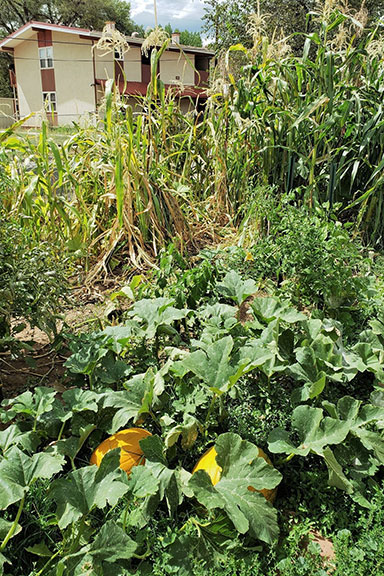Growing your own vegetables can be extremely rewarding. By growing your own food, it can help supply your vegetable needs for the summer, fall, and even winter if you plan it right. It helps keep you active during the year and gives you and your family nutritious food. If you are thinking of growing vegetables for you and your family, now is the time to decide what to grow!
When people ask me for advice on what they should grow, my advice is the sky is the limit! There are thousands of varieties of vegetables and many more ways to eat them. But here are some things you may want to consider before you dive into the big world of vegetable gardening.
First, think about what vegetables you enjoy eating the most. If you grow a bunch of different vegetables you don’t enjoy and do not eat, then it’s a waste to put so much hard work into something that won’t feed you. If you like sautéed squash, then grow squash. If you like roasted beets, then grow those to put in your salad. I love bread and butter pickles, so this year I am planning to grow pickling cucumbers. Last year, I grew carrots and lettuce that I ended up not eating and I’m still regretting it. It’s not because I didn’t like them, but by that time I was so burnt out from eating them.
So, choose veggies that you enjoy and make sure you eat them.
Secondly, look at the space you have to grow and see how your veggies will fit into that space. There is nothing worse that digging up an area and realizing that half the day that space is covered in shade and half of it is unreachable. I have done that, too. If you are starting from scratch, it is good to look at what you have and how you can use it to your best advantage. Remember, you want to make your garden easy to access and enjoyable to be in. A good plan will help you achieve this. See if the space you want to grow has enough access to sunlight (at least eight hours), is close to a water source, is easy to work in and how much time you have to devote to gardening. If you are just starting out, I recommend starting with two or three vegetables you like and start on the smaller side. In the first year, you’ll learn how to work with the space you have and you’ll get a good feel for what your plants need. If you create a huge garden, you may get frustrated with the amount of time, labor, and money it’ll take to maintain it.
Finally, think about how the cold-tolerant vegetables and the warm-weather vegetables will play with each other. That is, there are plants that do better in the cold of spring or fall and others in the heat of summer. Depending on what you plan to grow, you need to work around each type of crop. I know it can be super exciting now that spring is around the corner. You want to get planting as soon as possible and you plant a bunch of lettuce, broccoli, sugar snap peas, and other cold-tolerant plants. But it starts heating up and now you realize there’s no room for the tomatoes, squash, and pumpkins. So, make sure you plan smartly, and you leave room for the warm-weather plants.
Growing vegetables can be as easy or hard as you make it. But what matters most is that you start. I once heard a seasoned gardener say, “You sow wisdom the first year of gardening.” — this cannot be truer. In the first few years, you learn from your plants, your soil, your weather, and your environment. If something doesn’t turn out the way you want, the good thing is that another spring and summer will arrive, and you can try again. What is most important is you start and don’t give up!
Denee Bex is a Registered Dietitian and advocate for healthy traditional diets and home-grown foods within Native American communities. She can be reached at Denee.Bex@gmail.com.

